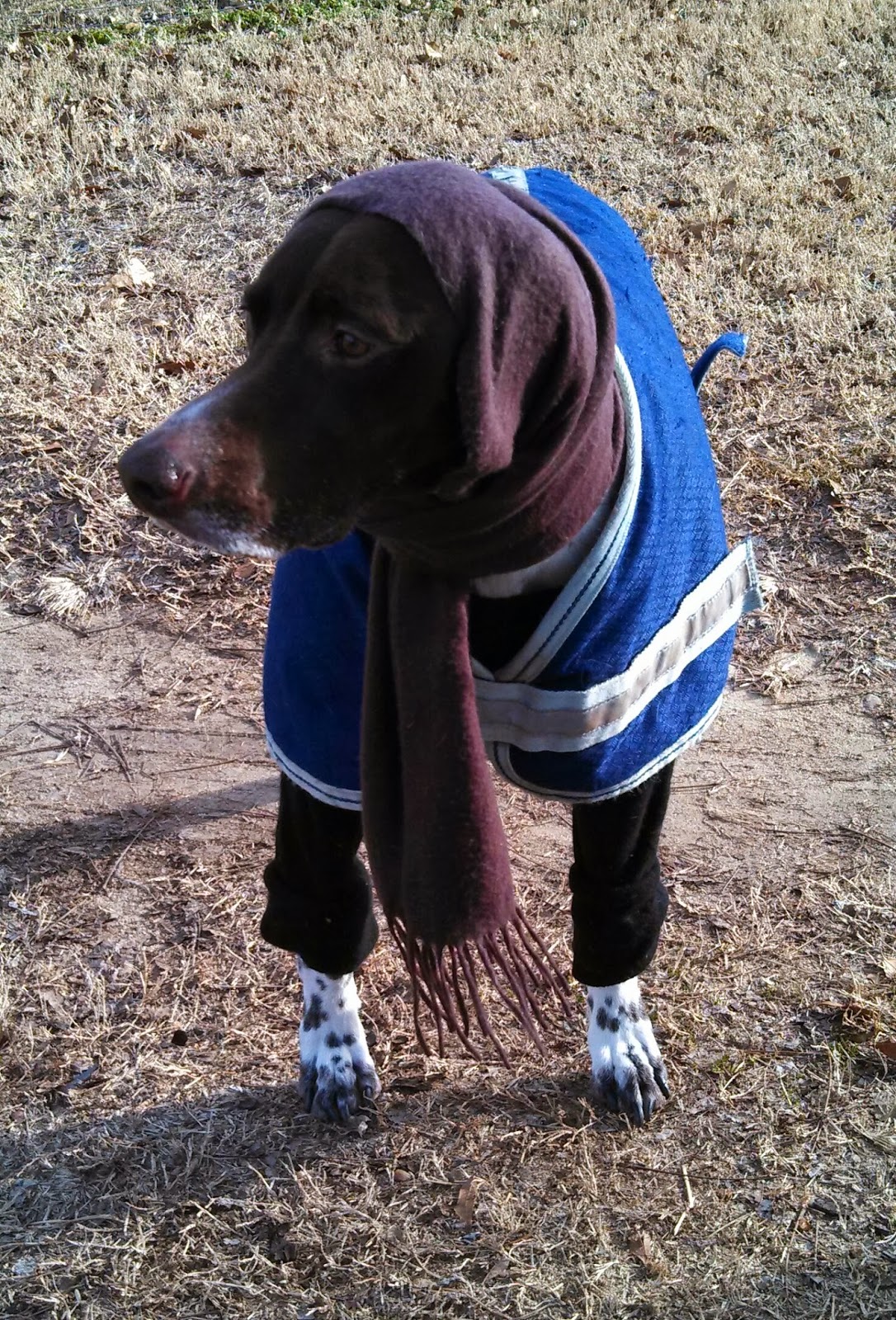Monday, January 27, 2014
Bad Behavior
With increasing day length comes a return to egg production. The hens' daily buffet includes greens from the garden, alfalfa sprouts, mealy worms, scratch grains, laying crumbles, grit and oyster shells. Imagine my dismay to discover villains among them.
The ring leader. Dharma and her sister, Kharma break open the eggs and eat them. Unfortunately, they've taught this criminal behavior to one of my favorite hens: Aven.
The investigation is still ongoing. Next weekend, I'll round up the guilty and ...
I now gather eggs twice a day and I increased the calcium in their diets, but nothing seems to break the habit. I even made some eggs bombs. One batch of hollowed eggs was injected with hot sauce, another with mustard -- they ate them all up. My last batch took me an hour to make, took them two minutes to decimate. I filled six hollow eggs with bitter gelatin, there's no accounting for chickens' tastes because they loved them too.
Seriously frustrating.
On a positive note, Cole is building some muscle in his legs.
Daily half mile walks up the driveway, this week with the company of a Great Pyrenees mix called Teddy. Teddy wouldn't need a jacket unless we were walking in Siberia.
With the wind chill dropping temperatures one morning to 3'F, Cole was bundled up: his thick Weatherbeeta mini horse blanket, Dad's merino wool sweater that took an unfortunate trip through the washer and dryer, and a scarf for his ears.
In my 23 years in Alabama, this Winter has been the coldest.
I prefer to let the horses develop a thick Winter coat, but when the temperatures drop below 18'F, I blanket them overnight. The first time I blanketed Angus, I discovered that he had outgrown his current 84" blanket. It looked like a shawl on a pumpkin.
Post Christmas sale = new 90" blanket.
Cole helped open the box.
He loves boxes.
Any package, five minutes and he has it demolished.
The most gorgeous 2000 lb Percheron sporting his new blankie.
The energy requirements for a horse begin to increase when the temperature drops below a horse's Lower Critical Temperature. This LCT varies from animal to animal, but 32'F is an average point. For every 10'F drop below 32'F, a 1000 lb horse will need 2.75 lbs extra hay per day. Take my 10,500 lbs of livestock, add Dr. P's horses, donkeys and goats and we powered through more hay than predicted this Winter.
On Saturday, I bought three more round bales.
Getting way too much help unloading.
Objects in mirror are larger than they appear...couldn't even see to back into position!
Mack at the buffet line.
A 3000 lb ox dwarfs a dually.
Only safe place for Morel. Rolling bales off is not a safe environment for a wee little goat.
On Sunday, we had a heat wave, 50'F outside and wow, over 60'F inside. Without company, the Grinch here keeps her power bill low!
All the more reason to wear woolen sweaters and snuggle up to a Teddy.

















